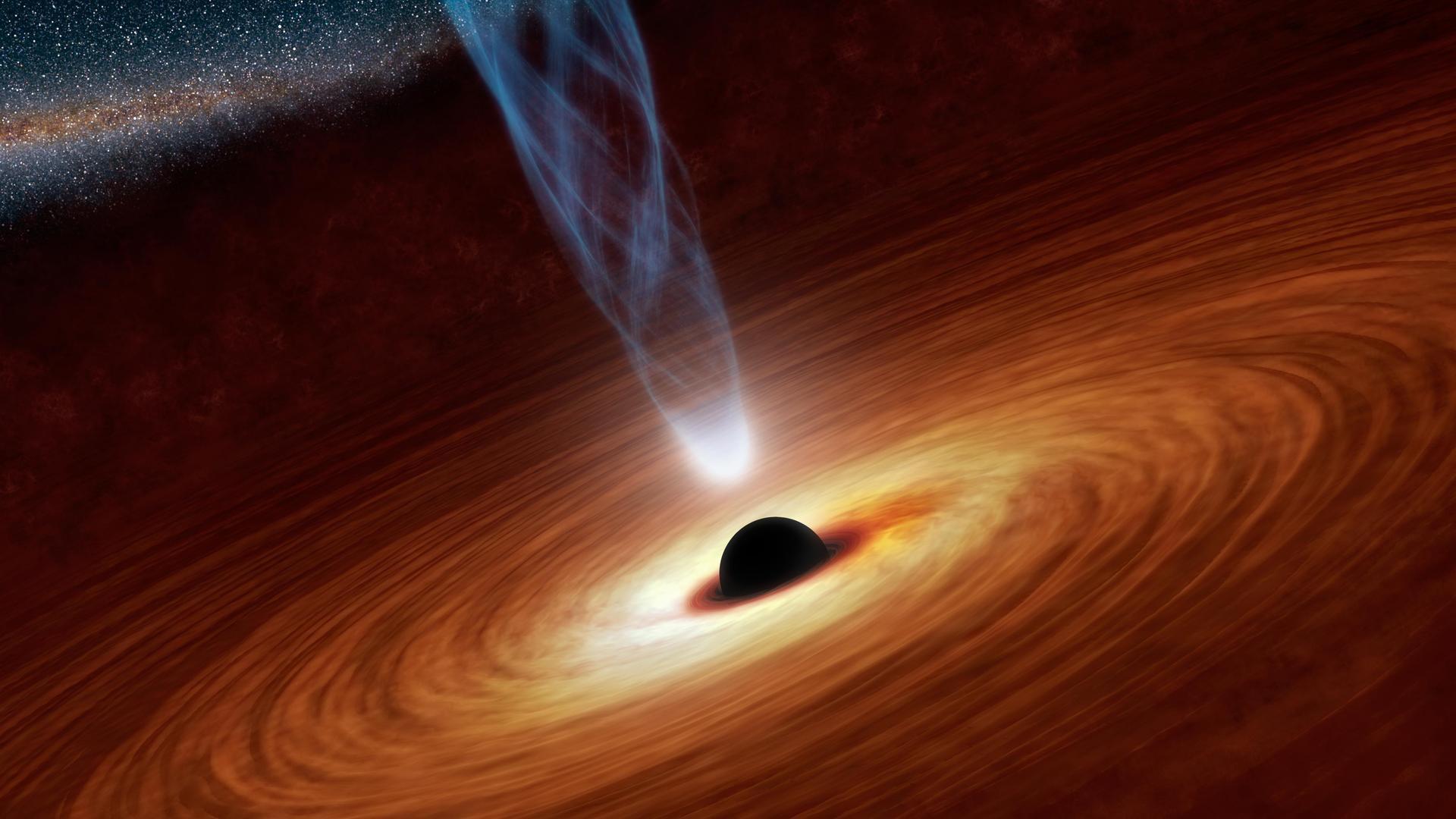Image source
Discover the relationship between the mass and size of black holes, and how scientists calculate them.
Introduction:
Black holes are one of the most mysterious objects in the
universe, with their massive gravitational pull and ability to warp space and
time. One of the key characteristics of a black hole is its mass, which
determines its size and other properties. In this blog, we will explore the
relationship between the mass and size of a black hole, and how scientists can
use this information to better understand these enigmatic objects.
What are Black Holes?
Black holes are formed when massive stars die and their cores
collapse under the force of their own gravity. This creates a region of space
with an extremely high density and strong gravitational pull, from which
nothing can escape, not even light. Black holes are classified by their mass,
with stellar-mass black holes ranging from a few times the mass of the Sun to
tens of times the mass of the Sun, and supermassive black holes ranging from
millions to billions of solar masses.
The Relationship between Mass and Size:
The mass of a black hole is directly related to its size,
with more massive black holes having larger event horizons, the boundary beyond
which nothing can escape. The event horizon is determined by the Schwarzschild
radius, a mathematical formula that calculates the distance from the center of
the black hole at which the escape velocity equals the speed of light. This
radius is directly proportional to the mass of the black hole, so the larger
the mass, the larger the radius.
Calculating Mass and Size:
Scientists can use a variety of methods to estimate the mass
and size of black holes, including observing the motion of stars and gas in
their vicinity and measuring the properties of the radiation emitted by matter
falling into the black hole. By combining these observations with mathematical
models based on general relativity, they can estimate the mass and size of the
black hole.
Conclusion:
The relationship between the mass and size of a black hole
is fundamental to our understanding of these mysterious objects. As we continue
to study black holes using new technologies and techniques, we will gain a
better understanding of their properties and the role they play in shaping the
universe. By unlocking the secrets of black holes, we can deepen our
understanding of the cosmos and the forces that govern it.
black holes, mass, size, event horizon, Schwarzschild
radius, gravitational pull, general relativity, cosmic objects, universe.
